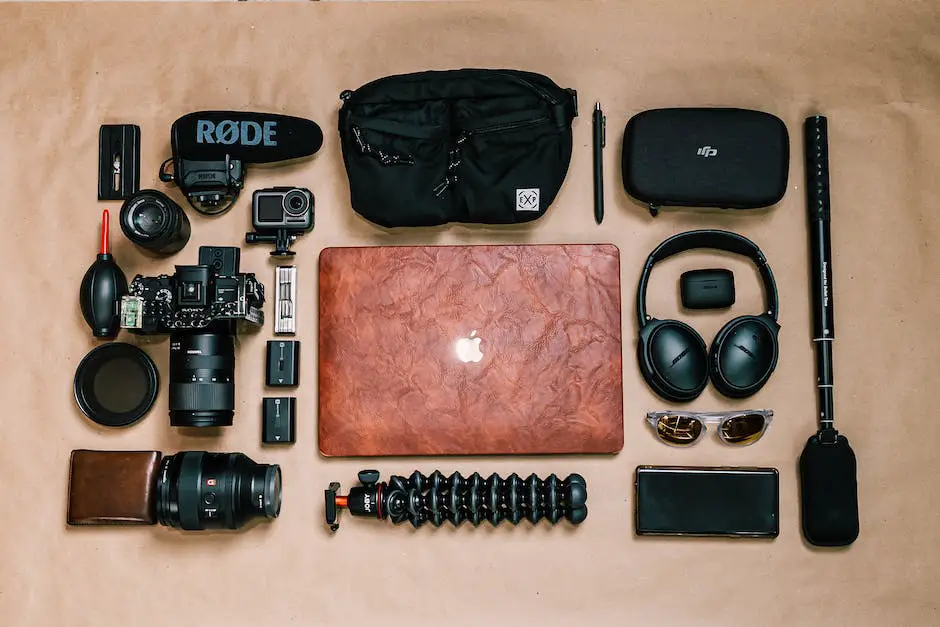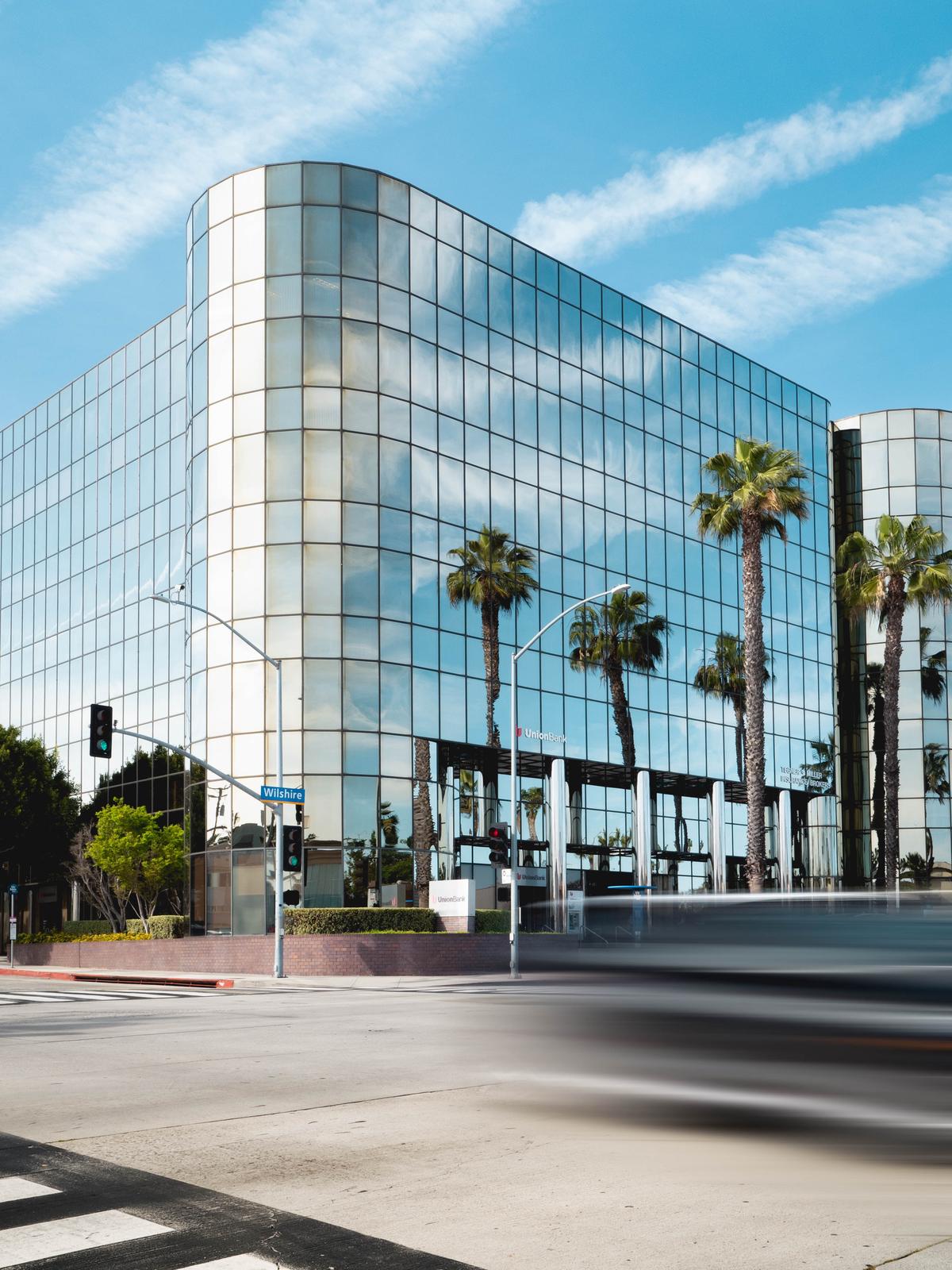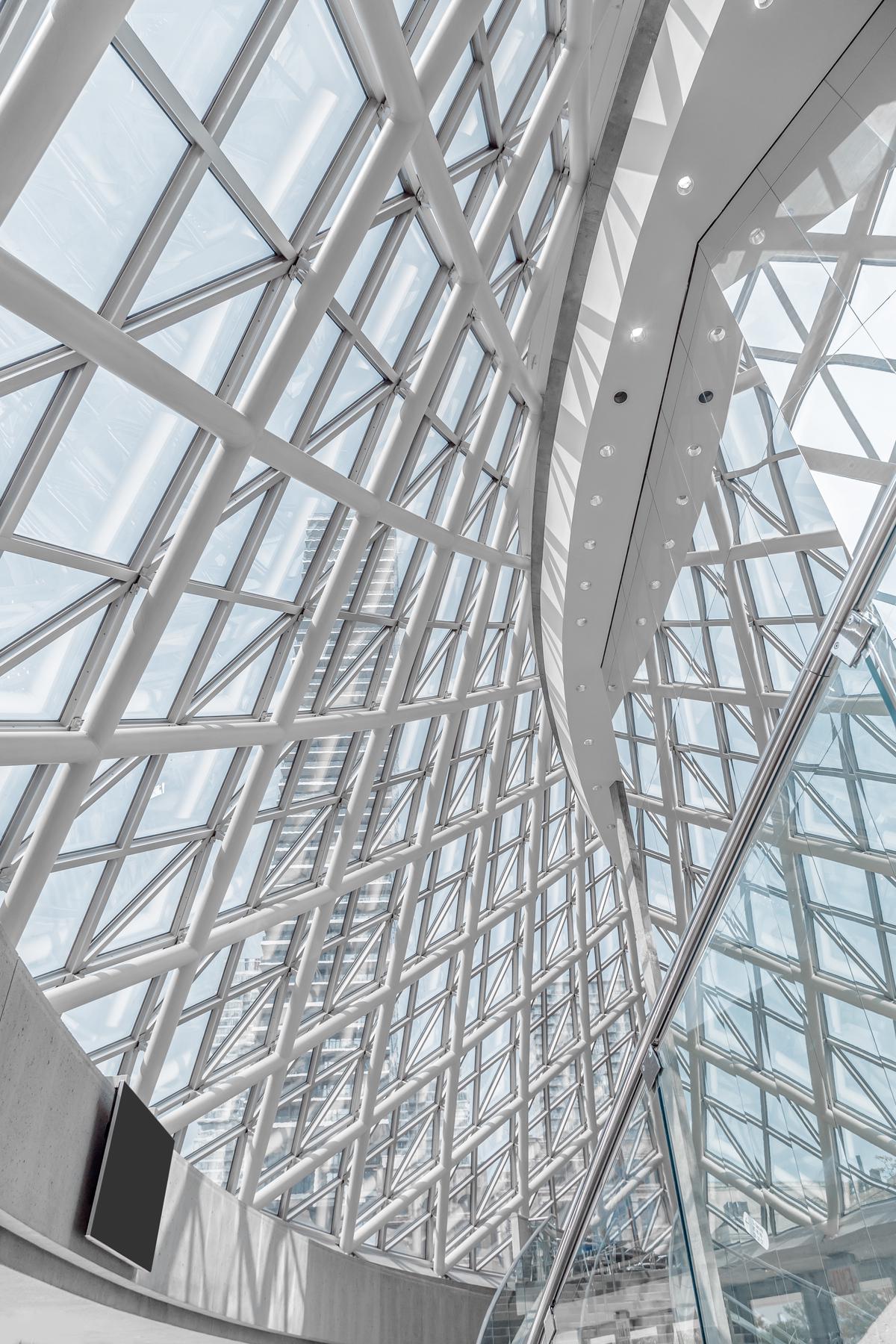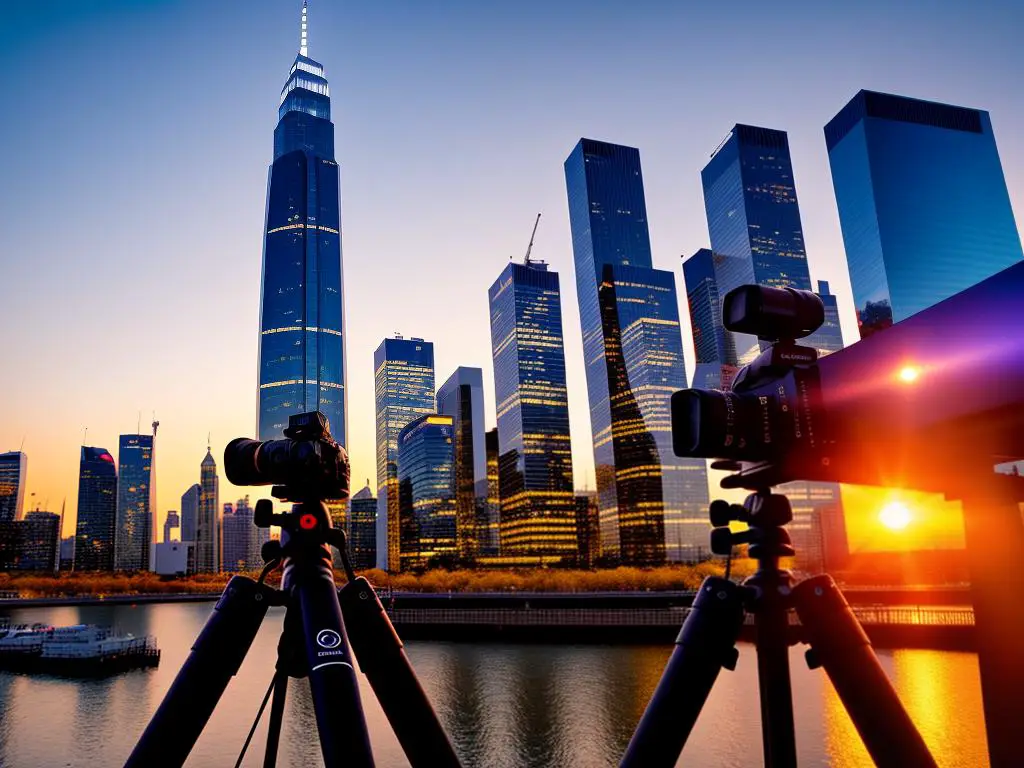With its many opportunities to celebrate design, interpret light, and shape landscapes, architectural photography has emerged as an unparalleled means to appreciate the artistry, ingenuity and beauty inherent in architectural creations. It seamlessly marries structure with sculpture, form with function, and it’s through this intricate interplay that architectural photography speaks not just to architects, builders or designers, but a wider audience. However, its practice requires a blend of technical prowess, understanding of architectural principles and a keen aesthetic sense. From analyzing architectural styles to decoding key technical aspects, discussing post-production workflow, and acknowledging the need for creative vision, it’s essential to delve into these complex dimensions to truly master this unique discipline.
Understanding Architectural Photography
Defining Architectural Photography
Architectural photography unfurls a distinct perspective in the realm of photography, showcasing the aesthetic allure and time-crafted majesty of buildings and structures. Unlike other photography forms centering on nature, wildlife, or human emotions, architectural photography captures primarily the grandeur of man-made edifices, an art form that reflects human innovation across different eras and regions. Notably, the complexity often resides in mastering the skillful use of light, angles, and photographic equipment to reverberate these structures’ character and significance to the spectator.
Purpose of Architectural Photography
The produced images serve an array of uses in today’s fast-paced commercial world. Real estate companies often employ architectural photography to portray homes, office spaces, and buildings to potential clients, employing such visually mesmerizing photos to convey a space’s appeal beyond words. Travel and tourism companies, museums, and historical societies alike utilize architectural photographs to promote tourism, allowing potential visitors to glimpse the architectural wonders of a region before they make their journey. Additionally, architects and construction firms often commission architectural photographers to catalog their work, providing photographic proof of their craftsmanship. Thus, through the lens of architectural photography, the physical structures transform into visual narratives detailing human endeavor, progress, and change.
Why the need for specialize skills in Architectural Photography?
Unlike other photography forms, architectural photography’s intricateness necessitates specialized skills. These structures, static and rigid, require a photographer to have a sharp eye for geometry, symmetry, and balance. Proper understanding and visualization of dimensionality, spatial relationships, and the art of capturing light, shadows, and reflections are paramount factors in breathing life into these inanimate objects, allowing the structures to speak to the viewer.
A large part of these skills involves technical prowess, knowing how to manipulate various camera settings, lighting gear, and post-processing software to accommodate the unique challenges posed by different building styles and lighting conditions. However, it also requires a considerable amount of creative intuition, knowing when to break away from conventional rules and standards to create a genuinely captivating image.
Tracing the Evolution of Architectural Photography
Architectural photography has undergone significant transformation over the years. Initial portrayals were formal, employing the ‘straight-on’ perspective with a focus on capturing comprehensive facades of structures. However, as the art progressed, photographers started harnessing their creativity to develop novel techniques.
These techniques included capturing structures from various unique angles and implementing dramatic lighting to highlight distinctive architectural elements. The modern era has seen a fusion of these traditional methods with advanced practices, using digital technologies to create an even more captivating range of architectural images.
Another aspect that has enriched architectural photography is the integration of regional influences. Around the world, photographs of local architecture illustrate cultural nuances and diversity. For example, photographing the modern skyscrapers of New York City naturally calls for a different approach than the one used to document the ancient pyramids of Egypt or the colorful temples of India.
To sum up, architectural photography does more than visually represent built structures. It reflects human creativity and captures the essence of a culture. To truly harness its potential, a comprehensive understanding of its technical and cultural aspects is critical.

Technical Aspects of Architectural Photography
Unpacking the Essentials of Architectural Photography
Architectural photography, a blend of complexity and charm, captivates viewers by turning engineered spaces into enchanting works of art. These mesmerizing results are achieved by mastering a variety of technical elements, with choice of equipment playing a crucial role. In the toolkit of a contemporary architectural photographer, the camera plays the starring role. Due to their versatility and the array of editing options they offer, digital cameras are predominantly favored. High-end DSLR and mirrorless cameras, known for their excellent dynamic range and high megapixel count, are the top choices among professionals. When it comes to lenses, wide-angle variants are the preferred choice in architectural photography. These lenses, particularly those in the 16-35mm range, are favored as they can encapsulate more of the scene in one frame. Tilt-shift lenses also find their place in the kit, given their ability for perspective control. They help maintain the vertical alignment and prevent converging lines, crucial for capturing structures flawlessly.
Shooting Angles and Frames
Architecture is a game of shapes and lines, dreams carved into reality. As such, framing and composition are crucial in architectural photography. Your frame should guide the viewer’s eyes and highlight the most compelling aspects of the architecture. Shooting angles play a significant role in defining the aesthetic value of the shot. Experimenting with different angles can reveal new perspectives, altering the viewer’s perception of the building. For instance, shooting from a low angle can create a sense of dominance and grandeur, making the buildings seem taller and more imposing.
Light, Color, and Timing
Light is the paintbrush which the photographer wields. Through skillful manipulation of natural and artificial light, photographers can evoke different moods and showcase unique aspects of the architecture. The timing of the shot can play a significant role in this regard. For example, the hour before sunset, often referred to as the golden hour, can offer spectacular lighting conditions with soft, warm hues. Black and white photography serves as an excellent tool for highlighting the structural elements of a building. The monochromatic shadows and harsh contrasts underscore the architecture’s lines, shapes, and textures. Conversely, color can bring to the fore the vibrancy, mood, or historical context of a building.
Perspective Control and Focus
Making sure the lines of a building appear as they do in reality is a central concern in architectural photography. This is where perspective control comes into play. With the aid of tilt-shift lenses or post-processing tools, you can maintain the integrity of vertical or horizontal lines, preventing the distortion that wide-angle lenses often produce. Finally, precise focusing is crucial, especially in wide, detailed architectural shots. Use of depth of field ensures both the structure and its surroundings are sharp and well-defined.
In architectural photography, becoming proficient in the technical aspects is akin to mastering a unique blend of art and science. However, don’t look at the rules as rigid boundaries. Instead, consider them guiding aids that provide a framework, while also allowing room for flexibility, creativity, and experimentation. This approach will allow you to capture architecture in unparalleled ways, shifting the way we view and comprehend our environment.

Post-Processing in Architectural Photography
Exploring the World of Post-Processing in Architectural Photography
Just as a building’s essence extends beyond its blueprint, the artistry involved in architectural photography is not merely limited to taking photos. Much of the magic happens in the post-processing stage. This critical phase involves refining the captured images through various edits and adjustments to flawlessly represent architectural details. In recent years, software like Adobe Photoshop and Lightroom has emerged as indispensable tools during this process, offering a wealth of resources to heighten the aesthetic appeal of architectural images.
Correcting Distortion and Verticals
One fundamental aspect of editing architectural images is correcting distortion and verticals. Buildings and structures, when photographed, often suffer from perspective distortion. This happens when the camera lens is metaphorically ‘looking up’ or ‘looking down’ at the subject. Resultantly, the vertical lines of the buildings may appear to be converging, giving a distorted image. Adobe Photoshop offers the lens correction tool to straighten these verticals and eliminate perspective issues, maintaining the original form of the architecture.
Retouching Architectural Images
Retouching is as much a part of architectural photography as it is in other genres. It involves cleaning up the image, removing unwanted elements or distractions that might ruin the capture. This could be anything from street signs, random passersby, vehicles, or even dust spots on the lens. Photoshop’s clone stamp tool or the healing brush is efficient for these tasks. However, it’s essential to use these tools in moderation to ensure the final image doesn’t look overly processed and artificial.
Color Grading and Enhancements
Every photograph tells a story and an effective way to set the mood or convey a particular narrative is through color grading. Color grading lets photographers change the look and feel of the image through color adjustments. Adobe Lightroom is particularly well-suited for this, providing control over the entire color spectrum of your image. Tint, temperature, saturation, and vibrance are few parameters which when adjusted, can transform your architectural image dramatically.
Adding Creative Elements
Post-processing also provides scope for creativity. One could add dramatic skies or intricately experiment with lights and shadows to emphasize specific architectural elements. Using the ‘Blend If’ feature in Photoshop or Gradient filters in Lightroom, one can manipulate light and shadows to guide the viewer’s attention around the image.
Maintaining the Integrity of Architectural Design
While post-processing allows numerous alterations, the key to architectural photography lies in maintaining the building or structure’s integrity. Excessive edits can ruin the true essence of the structure. Hence, always aim for a balance between enhancing the image and depicting the architectural design in its real and truthful form.
Architectural photography is an art that embodies a blend of technical skills and innovative vision during post-processing. It involves utilizing available tools to elevate the typical captures and transform them into exceptional artistic impressions. The journey to proficiency in this field is undeniably enriching, full of consistent learning and constant experimentation.

Photo by rahulbhogal on Unsplash
Creative Vision in Architectural Photography
Unleashing Creativity in Architectural Photography
Visualize standing at the foot of an architectural marvel. Every line, curve, detail, light, and shadow combines to create a breathtaking spectacle. However, when you point your camera at the same scene and look through the lens, the vibrancy and majesty that you see with the naked eye seem to diminish. But why is that?
This is because architectural photography isn’t simply about taking pictures of structures; it’s an intricately detailed art that demands a visionary approach, an analytically interpretive mind, and the ability to see beyond what presents itself openly.
Envisioning the Final Image
The beauty of architectural photography is that it lets you see and capture what others might overlook. The key is to envision the final image, which becomes better with experience and practice. As an architectural photographer, you must study the structure, understand the interplay of light and shadow, and conceptualize how you can best bring out that. It’s necessary to create a connection with the architecture, to begin seeing it not just as a structure, but as a canvas where light, shadow, and reflection create a unique work of art.
Telling a Story Through Space and Design
Every architectural masterpiece has a story to tell. Through the lens of your camera, you can capture this story. For instance, the life of a tower is captured in the stark interplay of light and shadow, or the history of a time-worn cathedral is held in its weather-beaten stones and ornate carvings.
The onus falls on the photographer to translate these stories into a frame, to use spatial design and elements to weave an intriguing narrative. Vertical lines can be used to project strength and stability, arches to signify continuity, geometric patterns to create intrigue, and so forth.
Translating Architecture into Visually Compelling Imagery
Turning a three-dimensional structure into a flat, two-dimensional image is both a challenge and an opportunity. The challenge is to ensure that the flat image does not lose the depth and dimensionality of the original structure, while the opportunity lies in exploiting the artistic and creative liberties that such translation affords.
Experimentation plays a key role here. Play with angles, try different perspectives, emphasize textural details, and explore the effects of light and shadow. The aim should be to create a visually compelling image that not only captures the life of the architecture but also respects and enhances the architect’s intentions.
Respecting the Architect’s Intention
Every architect designs with a specific intention—an experience they wish the viewer to have, an emotion they want to evoke, a perspective they want to bring forth. As a photographer, it is your responsibility to respect this intention and reflect the same in your images. This means understanding the architecture, empathizing with its spirit, and reflecting that spirit in your images.
In conclusion
Creative vision in architectural photography involves a sublime blend of interpretation, experimentation, and respect for the architect’s intention. This dynamic field invites you to not just view architecture as static structures, but to understand, engage with, and portray them as living entities with stories to tell.

Photo by joelfilip on Unsplash
Art, when combined with a profound understanding of its subject, can communicate a narrative that transcends the boundaries of time andspace. Architectural photography, in its kaleidoscopic diversity and technical complexity, captures the spirit of architecture in all its grandeur and subtlety. Harnessing not just sophisticated equipment but adopting meticulous techniques, processing practices, and a deeply-rooted understanding of architectural designs, it is a pursuit that demands the precision of a craftsman and the heart of an artist. As we continue to observe, study, and craft our techniques, we allow ourselves to interpret and contribute to the architectural lexicon, translating these structures into silent poetry, showcasing the craftsmanship and vision that shape our world.
Originally posted 2023-10-25 22:05:36.



